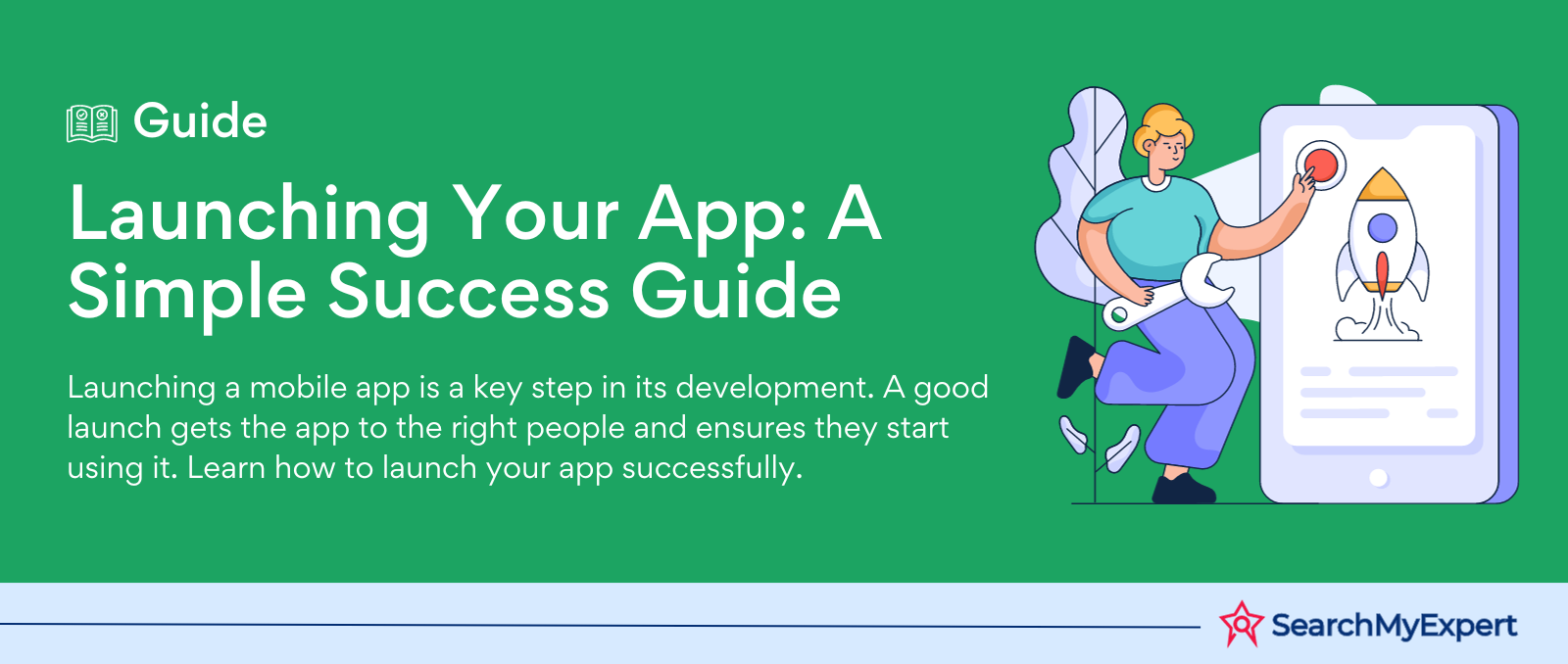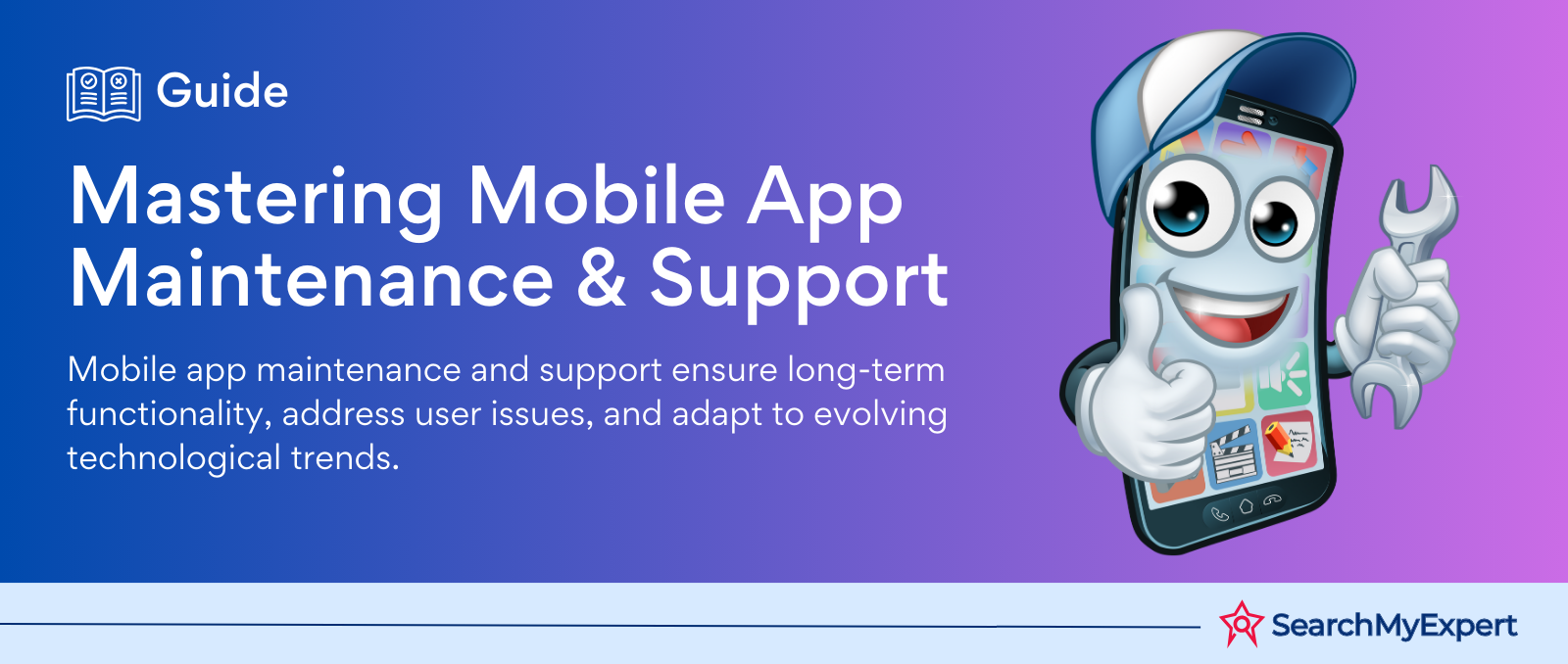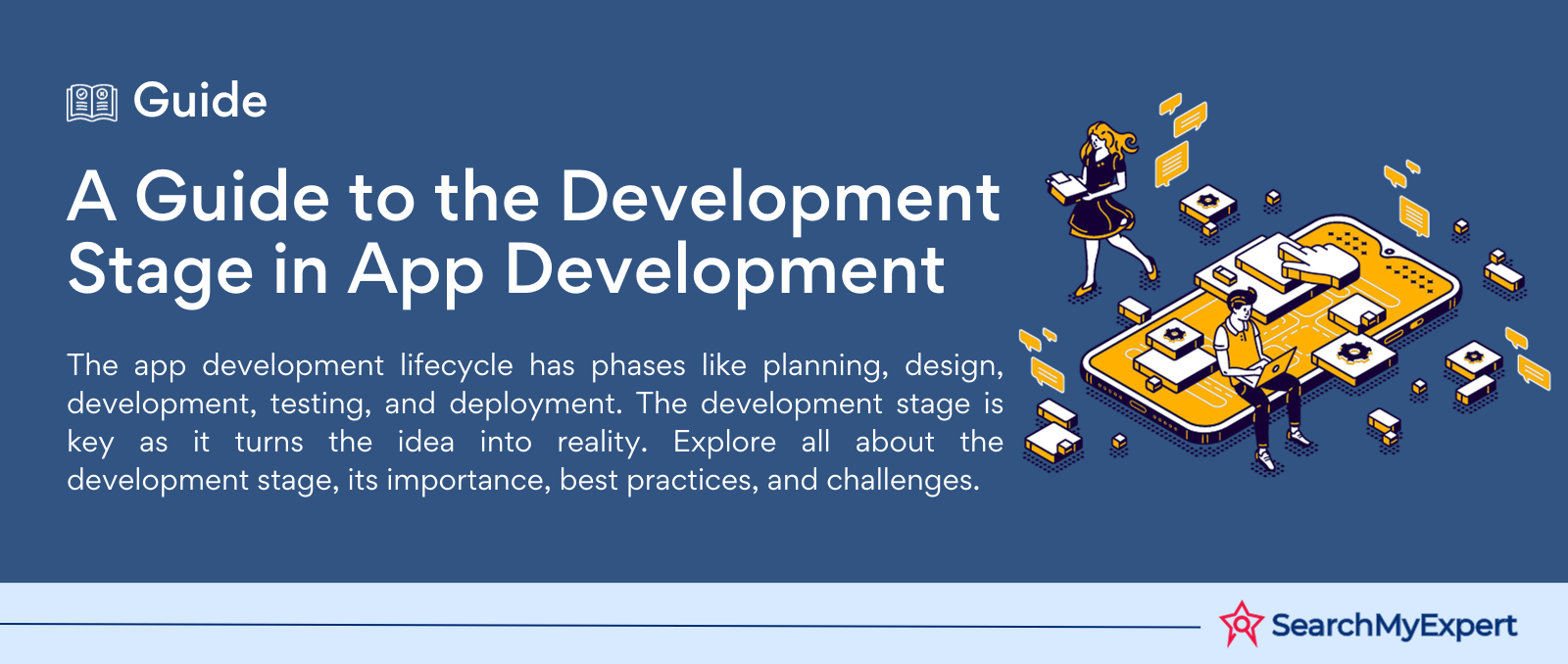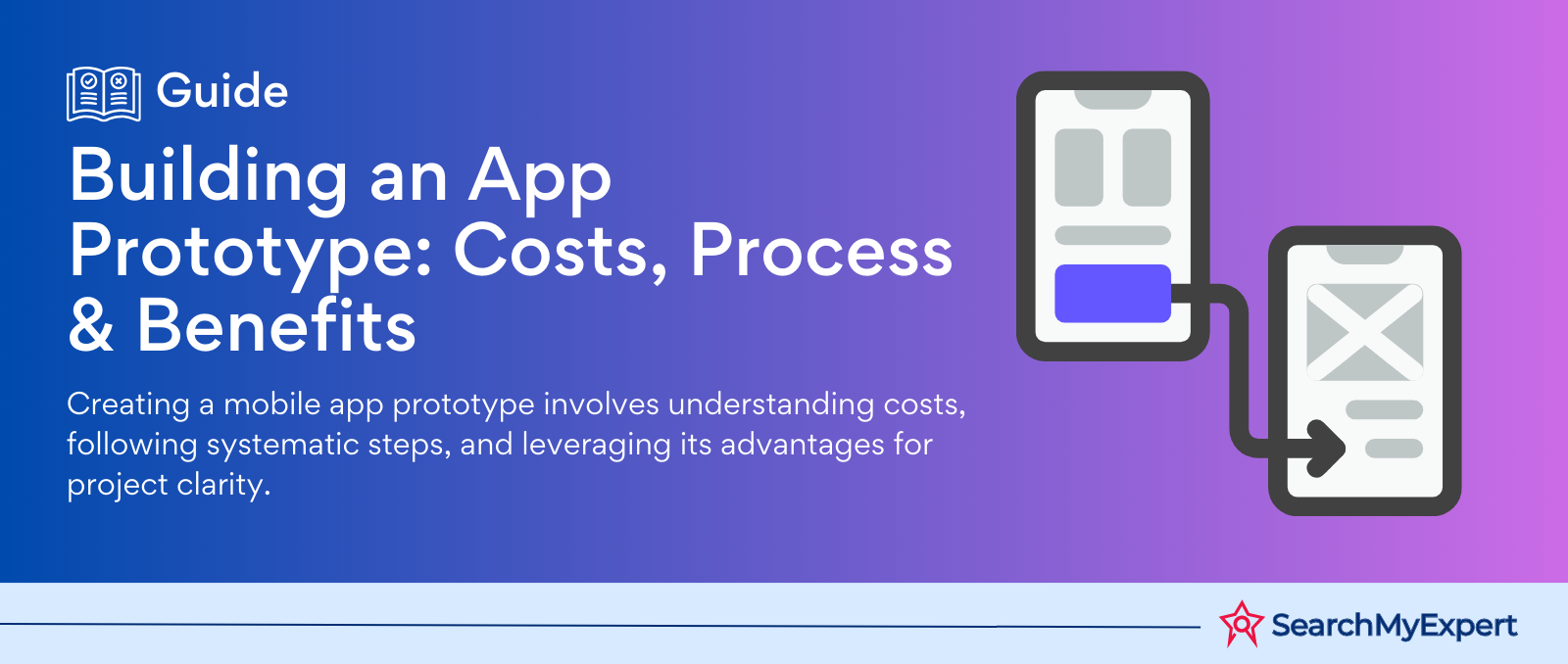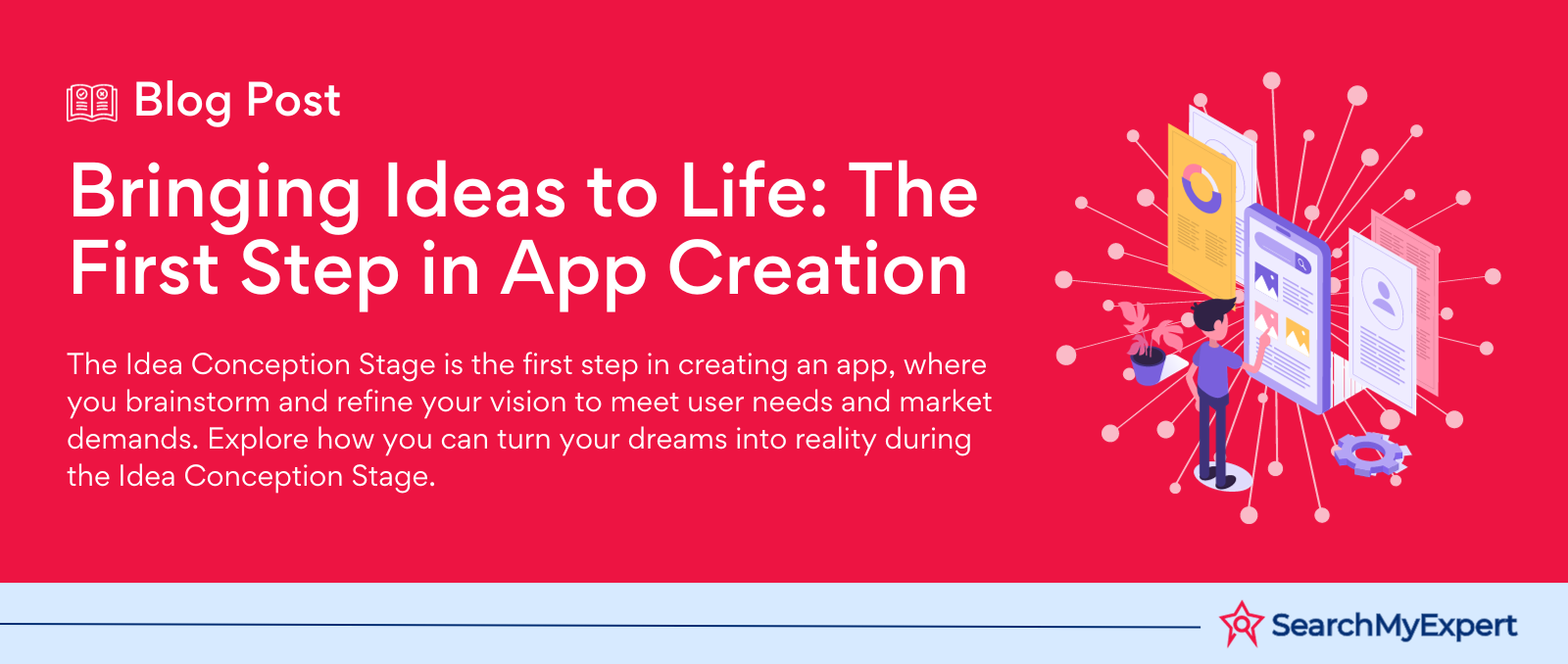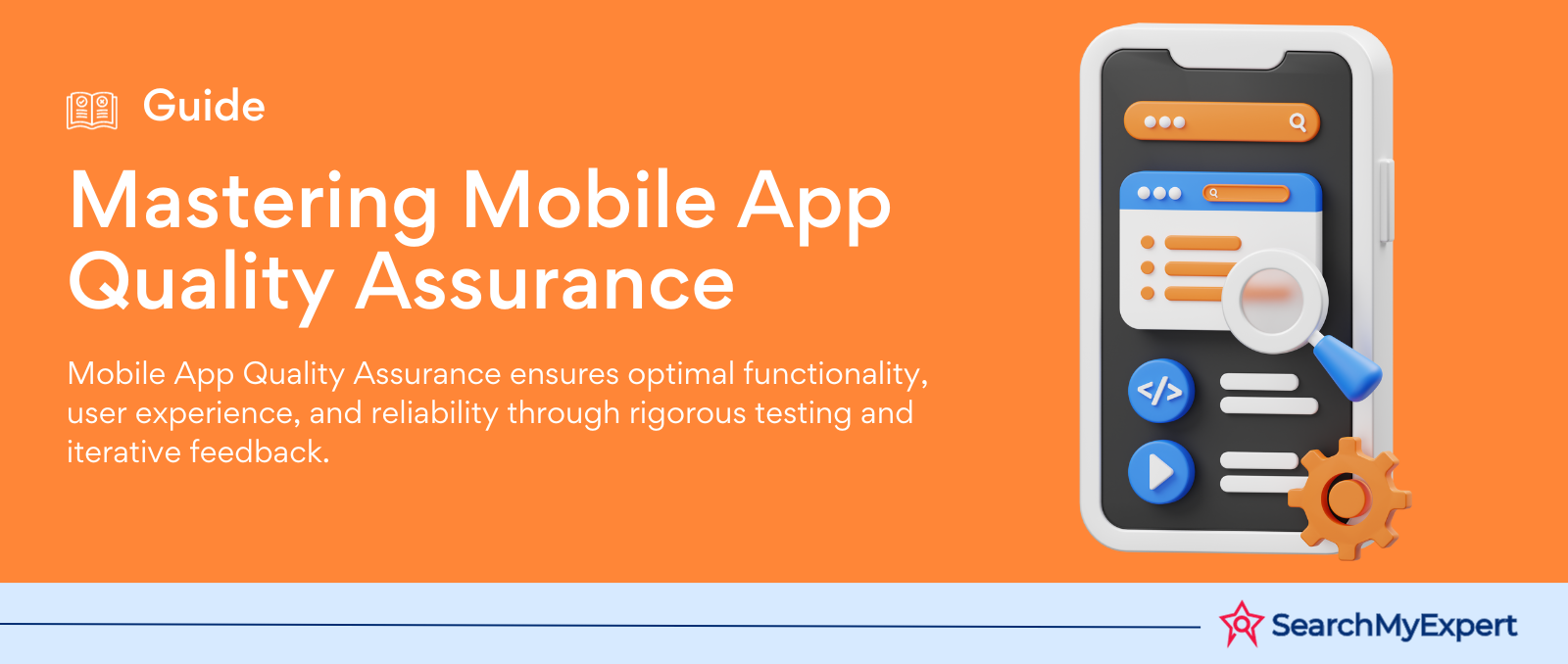Examining the Development and Significance of Digital Design Tools
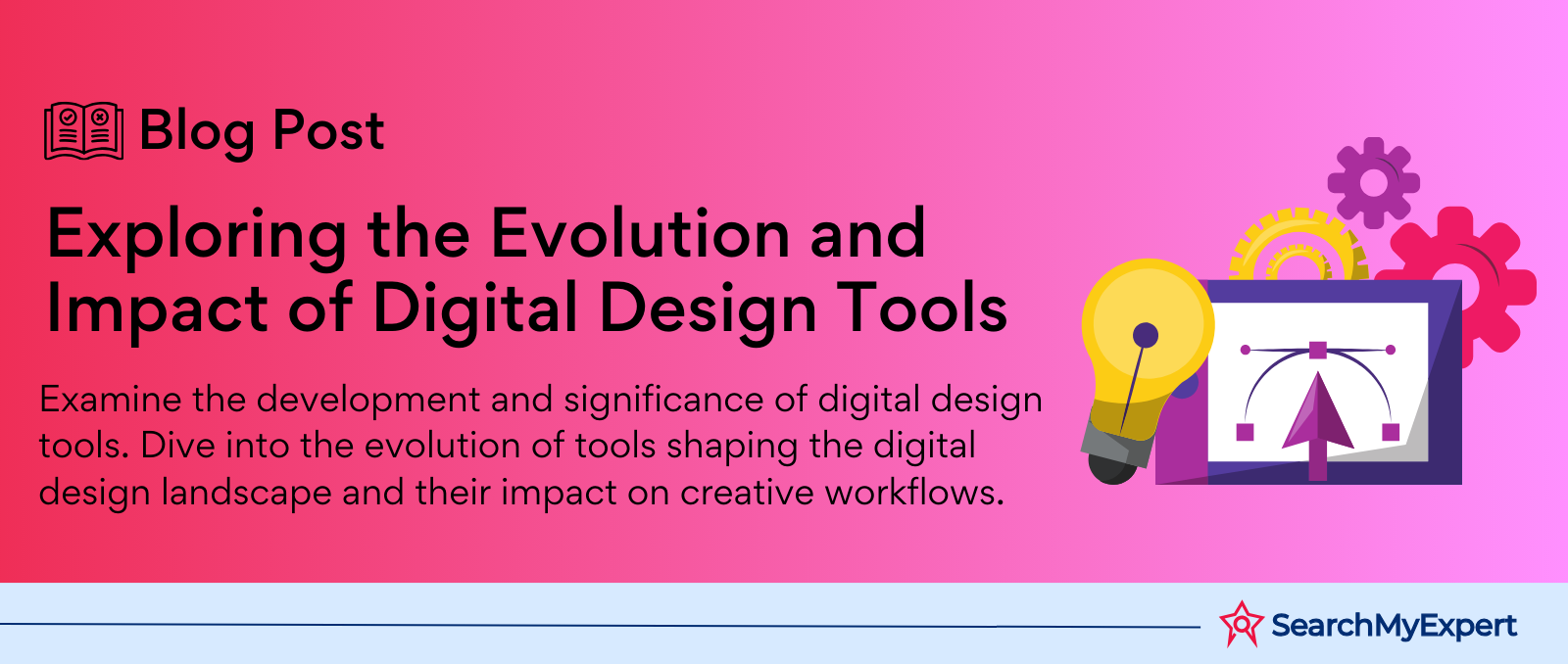
Digital Design Tools and Software: Unleashing Creativity in the Digital Age
In the bustling realm of digital design, a staggering 70% of companies invest heavily in digital design, recognizing its pivotal role in customer engagement and brand success. Imagine, for a moment, the vibrant colors and interactive interfaces that dance across our screens daily. This visual symphony is the essence of digital design, a field that merges creativity with technology, shaping the way we perceive and interact with the digital world.
What is Digital Design?
Digital design is not merely a process; it's an art form. It transcends traditional boundaries, encompassing graphic design, web design, 3D modeling, and much more. It's the heartbeat of websites, apps, and digital advertisements, bringing ideas to life through visual storytelling and interactive experiences.
The Role of Digital Design Tools and Software In this digital canvas, tools and software are the brushes and palettes of designers. They are not just tools; they are the conduits through which imagination flows into reality. From Adobe Creative Suite's vivid landscapes to Sketch's minimalist interfaces, these tools empower designers to create, innovate, and redefine the boundaries of what's possible in digital design.
As we embark on this journey through the dynamic world of digital design tools and software, we'll explore how they shape our digital experiences, enhance creativity, and drive the digital design industry forward.
Exploring Different Categories of Tools
In the vast ocean of digital design, a myriad of tools and software forms the backbone of a designer's arsenal. Each category, unique in its function, fuels the creative process. Let's dive into these categories and unravel the tools that are shaping the future of digital design.
Graphic Design Tools
Adobe Photoshop, Illustrator, and InDesign stand as titans in the graphic design world. Photoshop, the master of image manipulation, allows artists to transform reality into a canvas of their imagination. Illustrator, with its vector-based magic, crafts crisp, scalable graphics perfect for logos and icons. InDesign seamlessly weaves these elements into layouts, essential for stunning magazines, brochures, and digital publications.
UI/UX Design Software
In the realm of UI/UX design, tools like Figma, Sketch, and Adobe XD reign supreme. Figma, with its collaborative nature, allows designers to work together in real-time, revolutionizing team-based design. Sketch, a beacon of simplicity and efficiency, is favored for its intuitive interface and vector-based prowess. Adobe XD, a versatile tool, bridges UI design and prototyping, enabling designers to create and test interactive user experiences.
3D Design and Modeling
Blender, Maya, and ZBrush carve the path in 3D design and modeling. Blender, an open-source marvel, offers a comprehensive suite for 3D creation, from modeling to animation. Maya, known for its robustness, is a staple in professional film and game studios, ideal for creating intricate 3D animations and environments. ZBrush, specializing in digital sculpting, brings characters and creatures to life with its intuitive sculpting tools.
Motion Graphics and Video Editing
The world of motion graphics and video editing is dominated by tools like Adobe After Effects, Premiere Pro, and Davinci Resolve. After Effects, the wizard of motion graphics, adds life to designs through stunning visual effects and animations. Premiere Pro cuts and crafts footage into cinematic masterpieces, while Davinci Resolve combines editing, color correction, and audio post-production, offering an all-in-one solution for filmmakers.
In these categories, the tools not only define the capabilities of designers but also the boundaries of imagination. As we continue to explore these tools, we'll delve deeper into their features, uses, and the creative possibilities they unlock.
Choosing the Right Tools for Your Needs
Embarking on a digital design project is akin to setting out on a creative expedition. The success of this journey largely depends on choosing the right tools. Let's navigate through the factors essential for selecting the ideal digital design software.
Understanding Project Requirements and Skill Level
First and foremost, clarity on your project's requirements and your skill level is paramount. Complex projects might necessitate advanced features, while simpler tasks could be accomplished with basic tools. Similarly, beginners may prefer user-friendly interfaces, whereas seasoned professionals might seek sophisticated functionality.
Key Factors in Tool Selection
- Budget: Your financial plan is crucial. While premium tools offer extensive features, they can be costly. It's important to balance cost with the functionality you need.
- Platform Compatibility: Ensure the tool you choose is compatible with your operating system. Some software is exclusive to certain platforms, potentially influencing your decision.
- Learning Curve: Some tools require a steep learning curve. Consider the time and resources you're willing to invest in mastering a new software.
- Feature Sets: Evaluate the features essential for your work. More isn't always better; focus on tools that offer the specific functionalities you need.
Free and Open-Source Alternatives
For budget-conscious users, there are numerous free and open-source options. GIMP stands as a powerful alternative to Photoshop for image editing. Inkscape offers vector graphic capabilities akin to Illustrator. Krita, renowned for its painting and illustration features, is a boon for digital artists. These tools not only save costs but also provide commendable functionalities for various design needs.
Mastering the Tools: Learning Resources and Tips
Harnessing the Power of Online Learning
The journey to mastering digital design tools is an adventure filled with learning and growth. Thankfully, the digital age offers a treasure trove of resources to aid in this quest.
Online Tutorials and Courses
From YouTube tutorials to comprehensive online courses on platforms like Udemy, Skillshare, and Coursera, the internet is awash with learning materials. These resources cater to all levels, offering step-by-step guidance, practical projects, and insights into advanced techniques.
Engaging with Communities
Participating in online forums and communities, such as Behance, Dribbble, and Reddit's design subreddits, can be immensely beneficial. These platforms allow you to connect with fellow designers, share work, receive feedback, and stay abreast of the latest trends and tools.
Tailored Resources for Every Skill Level
For Beginners
Start with basics-focused courses and tutorials. Websites like Adobe's own tutorials or Envato Tuts+ offer great starting points for novices, focusing on fundamental skills and tool navigation.
Intermediate Users
Intermediate designers should delve into specialized courses that focus on specific software features or design techniques. Platforms like LinkedIn Learning provide a wealth of such resources.
Advanced Designers
For the advanced, exploring cutting-edge features, plugin integrations, and complex project tutorials will further refine and challenge their skills. Resources like Advanced Photoshop magazine or professional workshops can be invaluable.
Practical Tips for a Smooth Workflow
- Stay Organized: Keep your files and layers neatly labeled and structured.
- Keyboard Shortcuts: Learn and use keyboard shortcuts to speed up your workflow.
- Regular Backups: Ensure you regularly back up your work to avoid data loss.
- Continuous Learning: Stay updated with new features and tools released.
- Avoid Common Pitfalls: Beware of over-designing, neglecting typography, and underestimating project timelines.
By embracing these resources and tips, designers can not only master their chosen tools but also elevate their creativity to new heights.
Beyond the Tools: The Human Touch in Design
The Symphony of Skill and Tool
In the grand orchestra of digital design, tools are but instruments awaiting the maestro's touch. It's the human element – the designer's skill, creativity, and vision – that breathes life into these tools, transforming them from mere software into magic wands of creation.
Tools as Instruments, Not Masters
While digital design tools are incredibly powerful, they remain subservient to the designer's command. The true power lies in the hands of those who wield them. It's the designer's skill that turns pixels into masterpieces, interfaces into experiences, and visions into realities.
The Cornerstones of Successful Design
- Creativity: More than just an artistic flair, creativity in design is about innovative problem-solving, out-of-the-box thinking, and a willingness to explore uncharted territories.
- Critical Thinking: A designer must constantly evaluate and re-evaluate their work, ensuring it not only looks good but serves its intended purpose effectively.
- Problem-Solving Skills: Design is often about finding solutions to complex challenges, requiring a sharp, solution-oriented mindset.
Cultivating Essential Designer Skills
Aspiring designers should focus on developing a broad skill set that transcends the mere use of tools.
- Visual Skills: Understanding elements like color theory, composition, and typography is vital.
- Storytelling: Great design tells a story. Learning to weave narrative into design projects is key.
- Communication Skills: Effective communication with clients, team members, and stakeholders is crucial for a designer’s success.
Showcasing the Power of Design Tools
Unveiling the Mastery Behind the Screen
The real testament to the power of digital design tools lies in the awe-inspiring projects they help create. Let's explore some examples and case studies that illustrate how these tools have been instrumental in turning visions into visual marvels.
Inspiring Examples of Design Excellence
- Website Redesign Using Adobe XD: An e-commerce site's transformation, where Adobe XD's prototyping and collaboration features were pivotal in creating a user-friendly, visually appealing interface.
- Brand Identity with Illustrator: A startup's brand identity, crafted in Illustrator, showcasing a perfect blend of creativity and precision.
- Animated Short Film in Blender: A captivating animated short, entirely created in Blender, demonstrating its prowess in 3D animation and modeling.
Case Studies: Tools Meeting Challenges
- Figma in UI/UX: A case study of a mobile app that used Figma for its entire design process, highlighting the tool's efficiency in collaborative design and rapid prototyping.
- Photoshop in Photo Manipulation: An advertising campaign featuring surreal photo manipulations, made possible by the extensive toolkit of Adobe Photoshop.
Diverse Possibilities and Applications
Digital design tools offer a spectrum of possibilities, from creating stunning motion graphics in After Effects to sculpting detailed 3D characters in ZBrush. Each tool opens up a world of potential, enabling designers to explore, innovate, and push the boundaries of what's possible in digital art and design.
Future Trends: Embracing the Future of Digital Design
As we reach the culmination of our exploration into the world of digital design tools and software, let's reflect on the key insights and look ahead to the exciting horizons that await.
Key Takeaways
- Tools as Creative Extensions: Digital design tools are powerful extensions of a designer's creativity, each offering unique features and possibilities.
- The Right Tool for the Right Task: Choosing the appropriate tool depends on project requirements, skill level, and budget constraints.
- Learning and Mastery: With abundant resources available, mastering these tools is a journey of continuous learning and skill enhancement.
- The Human Element: Beyond the technical proficiency, it's the human touch - creativity, problem-solving, and critical thinking - that truly elevates a design.
- Diverse Applications: The versatility of digital design tools enables a wide array of creative outcomes, from web design to 3D animation.
Emerging Trends and Advancements
The future of digital design is vibrant and evolving rapidly. We're witnessing exciting advancements like AI-assisted design, immersive VR and AR experiences, and more intuitive, collaborative tools that are redefining the boundaries of creativity and efficiency. The integration of machine learning algorithms is beginning to automate routine tasks, freeing designers to focus on more complex and creative challenges.
The Future is Bright
As technology advances, the potential of digital design to shape our world is limitless. From transforming the way we interact with digital interfaces to creating breathtaking visual art, the future of digital design is not just about the evolution of tools but the stories they help us tell and the experiences they help us craft. It's a future that promises innovation, creativity, and endless possibilities.
Conclusion
The world of digital design is a landscape of endless possibilities, shaped by an array of powerful tools and software. From graphic design to UI/UX, 3D modeling, and video editing, these tools not only empower designers to bring their visions to life but also constantly evolve to push the boundaries of creativity. However, it's the human touch - the blend of creativity, critical thinking, and problem-solving - that truly makes the difference. As we look forward to emerging trends like AI and VR, the future of digital design is not just bright but revolutionary, promising to transform how we interact with and perceive the digital world.
Navigate the digital landscape with top Digital Design Agencies.
share this page if you liked it 😊
Other Related Blogs

Mastering Docker for App Development: A Comprehensive Guide to Benefits, Use-Cases, and Alternatives
STAY UP TO DATE
GET PATH'S LATEST
Receive bi-weekly updates from the SME, and get a heads up on upcoming events.
Contact Us




